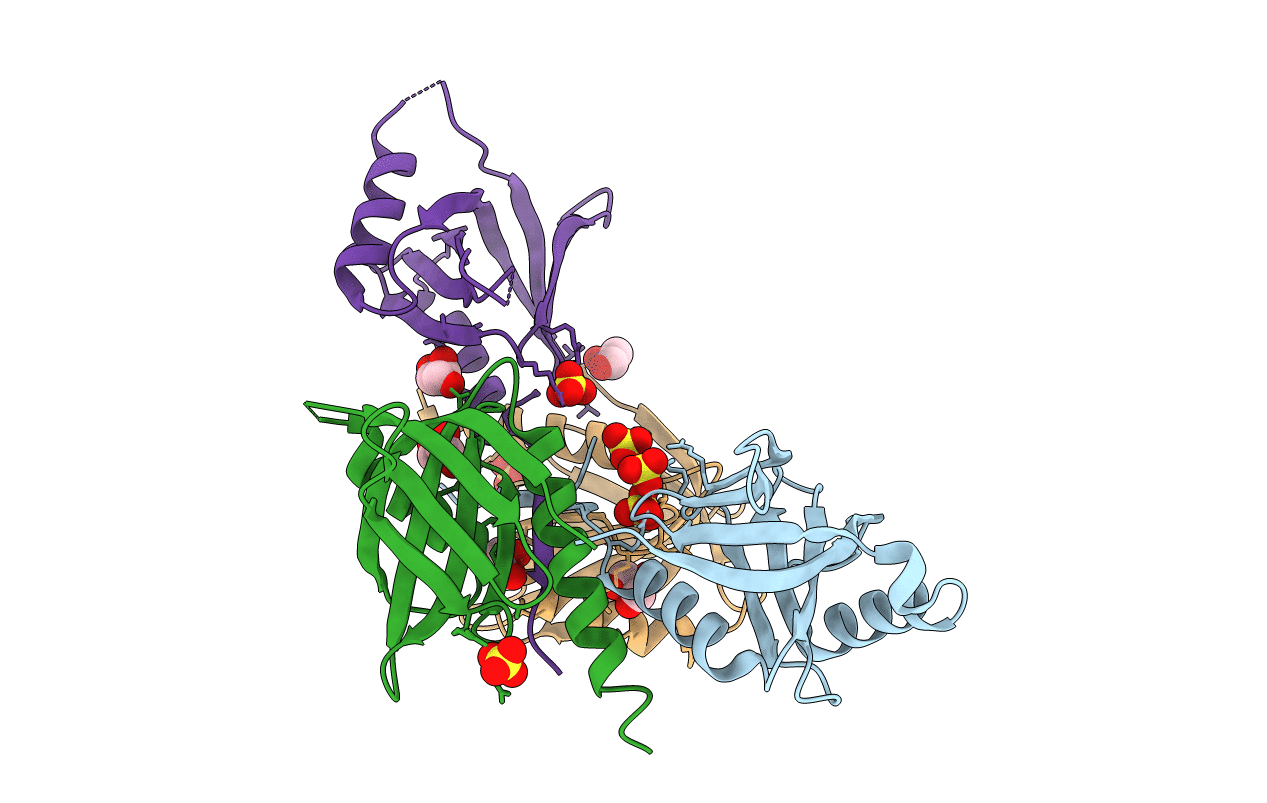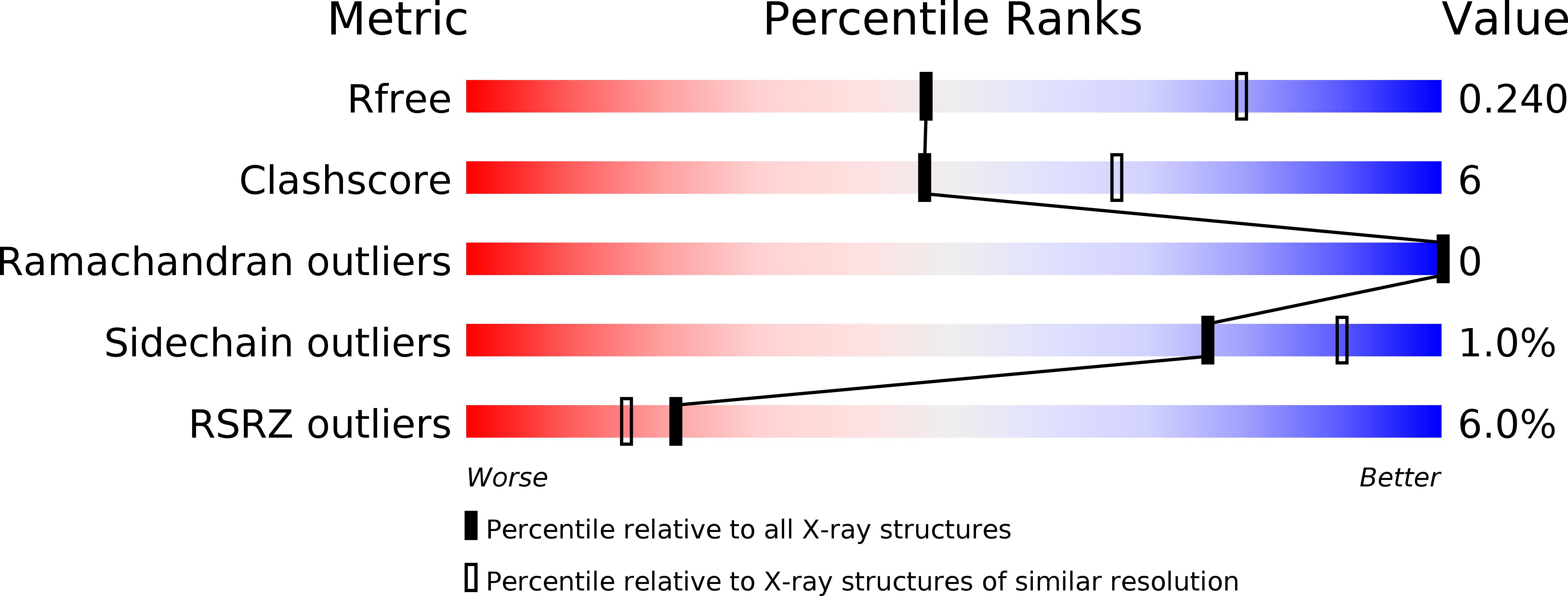
Deposition Date
2017-04-20
Release Date
2017-05-03
Last Version Date
2025-10-01
Method Details:
Experimental Method:
Resolution:
2.60 Å
R-Value Free:
0.24
R-Value Work:
0.19
R-Value Observed:
0.19
Space Group:
P 1 21 1


